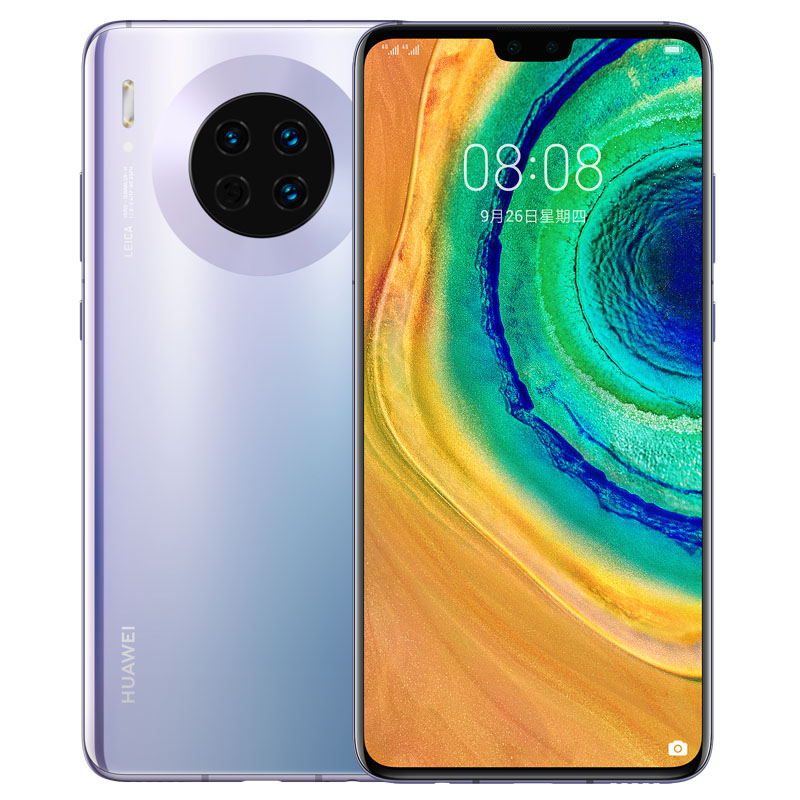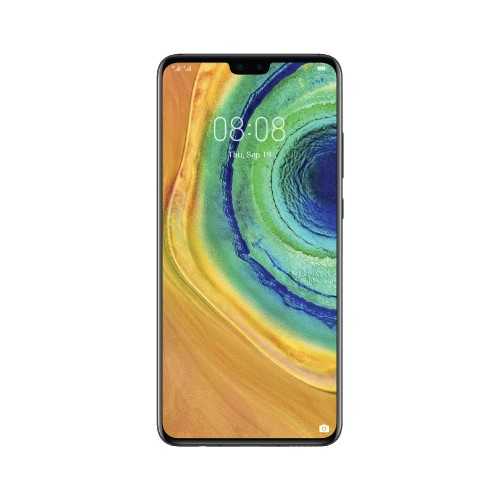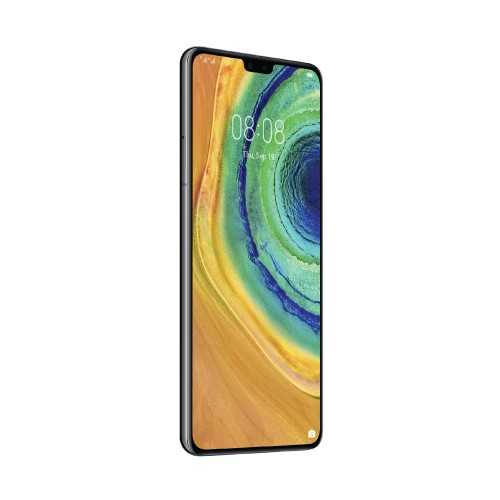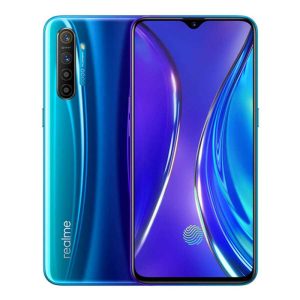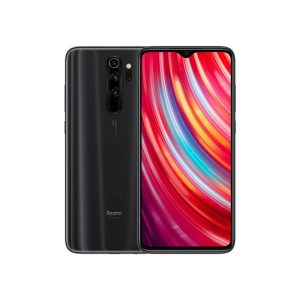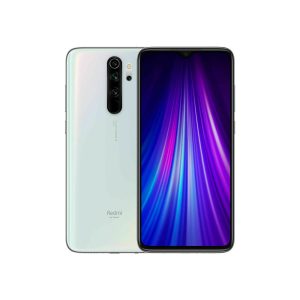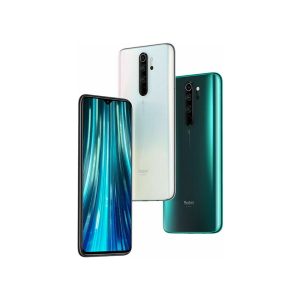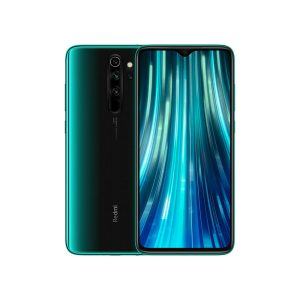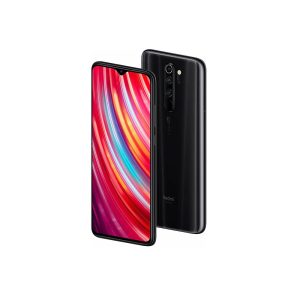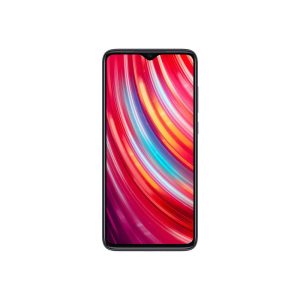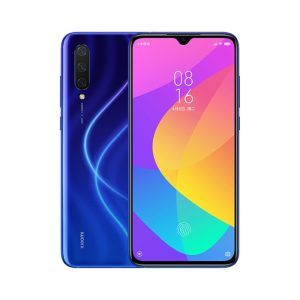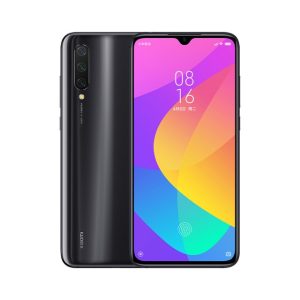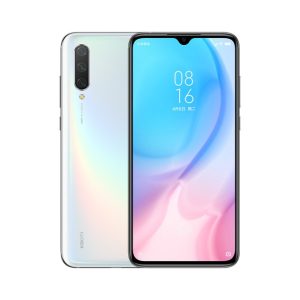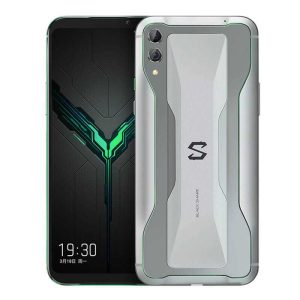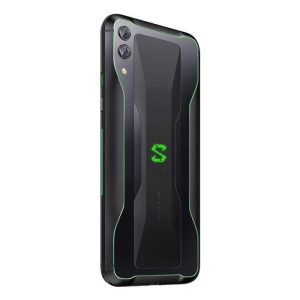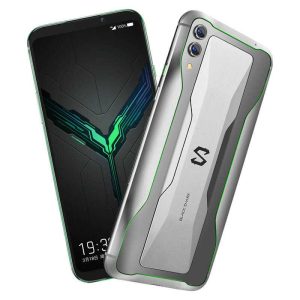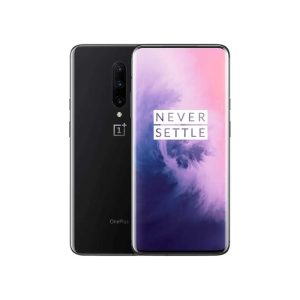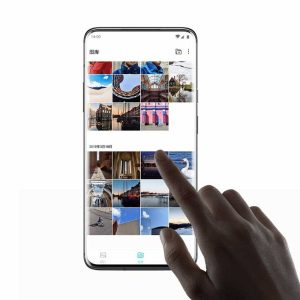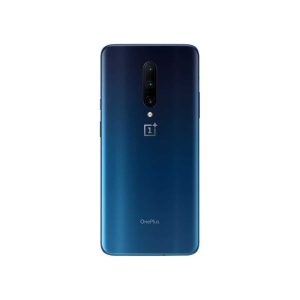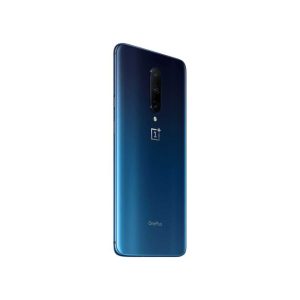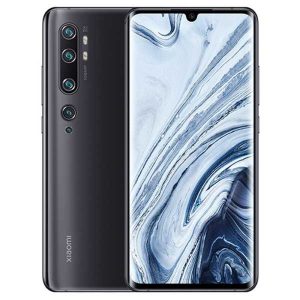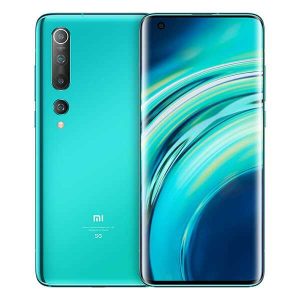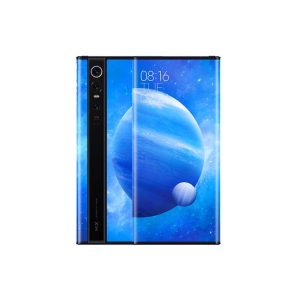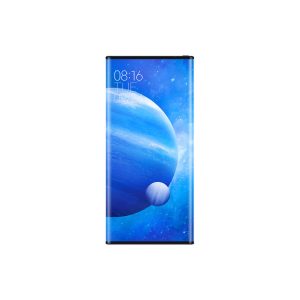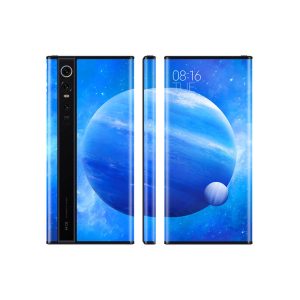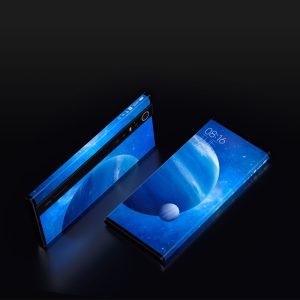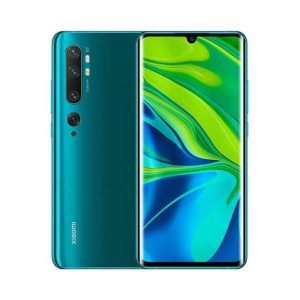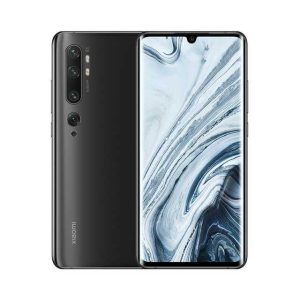Huawei today officially launched the Mate 30 and Mate 30 Pro in Munich, Germany, without the Google Play store.
So far, canadians hoping for help have been out of luck.
Huawei has two parallel flagship phone lines with staggered release times.
Huawei companion series with huawei’s latest innovative technology, can be regarded as a test bed for cutting-edge technology.
On the other hand, the Huawei P (P for photography) series puts camera performance first.
Both huawei’s Mate 30 Pro and Mate 30 have 5G and 4G variants.
display
The Mate 30 Pro comes with a brand new edge-to-edge 6.53-inch OLED display for almost all screens.
It’s certainly attractive, but some people might find the curved display harder to hold.
Despite its large viewing area, its 2400 x 1,170p resolution lags behind other flagship products, such as the Galaxy Note 10 Plus.
That being said, it’s not all negative, because lower resolution usually means longer battery life.

To adjust the volume, the user clicks twice on either side of the phone to bring up the volume slider.
However, not all the buttons have disappeared because the power button is still on the left.

That’s because it doesn’t have curved edges (huawei calls it “full view”) and comes with a standard volume button and headphone jack, which the Mate 30 Pro omits.
Front facing camera
In contrast to huawei’s previous efforts to close the gap, the Mate 30 series features a wider range of features than its predecessor.
Huawei believes the gap is justified because it has more features than its competitors.
The notch contains an image sensor, two depth sensors, an ambient light sensor and a new gesture camera.
The gesture camera allows users to control the phone by performing a hand yoga operation in front of it, similar to the gesture control on LG G8 ThinQ.
The front-facing camera also supports face unlock and other ai-driven camera features.

The camera
If space exploration had progressed at the pace of smartphone cameras, we would already be living on Mars.
For the Mate 30 series, the camera was aimed at the center aligned bump, this time round, not the Mate 20 square.
The Mate 30 Pro’s new camera array consists of four cameras: a 40MP f / 1.8 movie camera, a 40MP f / 1.6 SuperSensing camera, an 8MP f / 2.2 telephoto camera and a 3D time-of-flight depth sensor.
The 40MP motion picture camera introduced the amazing 7680 FPS super slow motion shooting mode.
As impressive as it sounds, we’ll keep our ideas to ourselves until we can do something about it.
The main 40MP SuperSensing camera USES the same RYYB sensor on the P30 Pro, which is widely recognized for its excellent low-light shooting mode.

The movie camera is 1/1.54 inch and the SuperSensing camera is 1/1.7 inch.
In the speech, huawei compared the size of the Mate 30’s sensor with that of its competitors, pointing out that their larger sensors can provide superior performance.
The Mate 30 also has three cameras, albeit with different Settings.
It has a 40MP f / 1.8 SuperSensing camera, an 8MP f / 2.4 telephotograph and a 16MP f / 2.2 ultra-wide camera with optical anti-shake function.
performance
Huawei was the first company to integrate 5G modems into mobile chipsets.
The kirin 990 was launched a few weeks ago, offering both 5G and 4G variants and powering the 5G and 4G variants in Huawei Mate 30 Pro and Mate 30s.
In addition to its 5G modem, the kirin 990 5G has an additional kernel in its neural engine and a slightly higher kernel clock.
Interestingly, huawei is not trying to increase RAM capacity.
The Mate 30 Pro starts with 8GB of RAM and 256GB of storage, and the Mate 30 starts with 8GB and 128GB of RAM and storage, respectively.
By adding the Huawei Nano Memory card, their storage can be expanded to 256GB.
The battery
On the battery life theme, the Mate 30 Pro comes with a large battery of 4,500mAh.
The Mate 30 has a slightly smaller battery capacity of 4,200mAh.
Huawei works with both chargers with a 40W charger, which can charge from 0 per cent to 70 per cent in 30 minutes.

